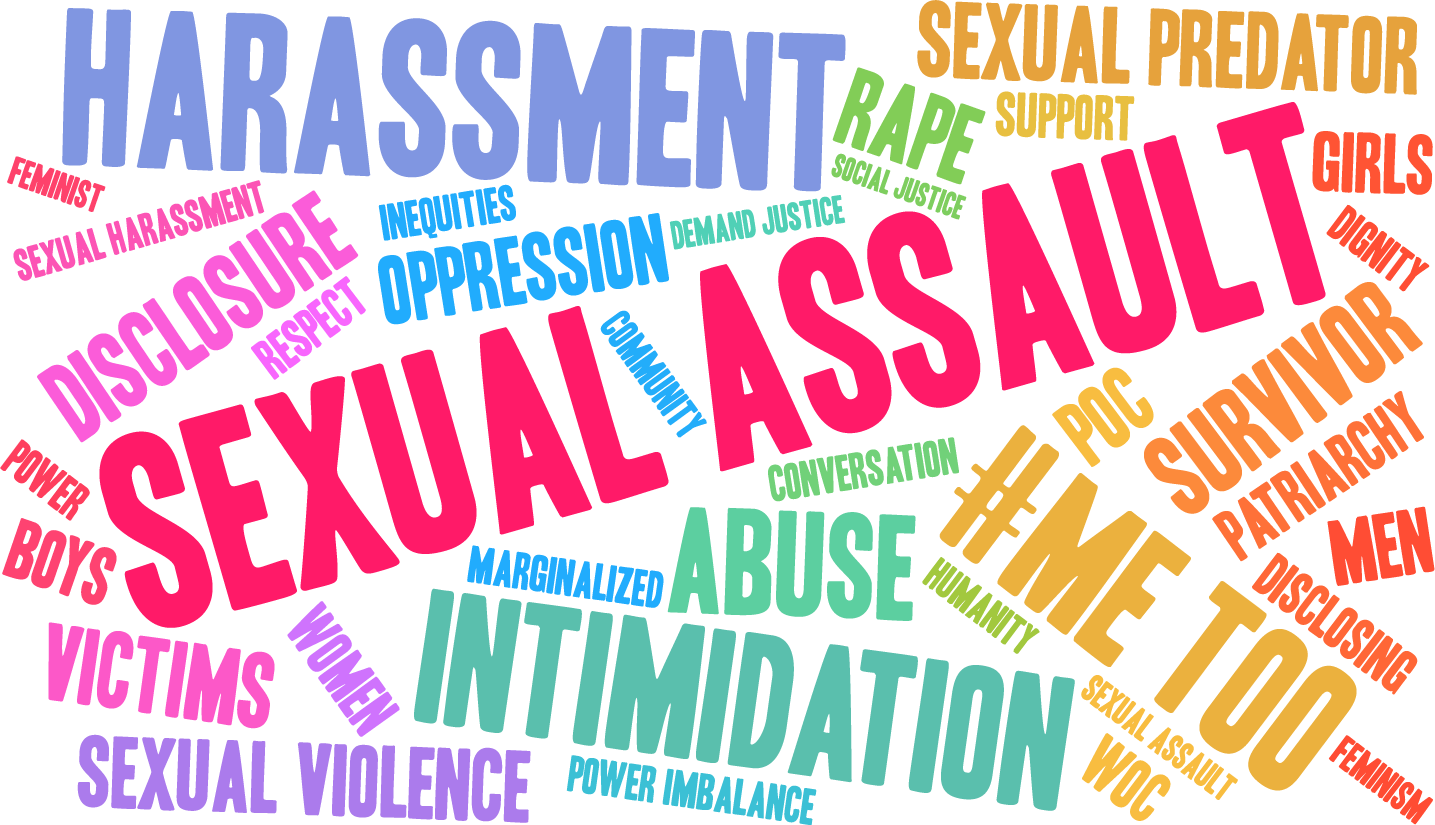
Celebrities, ministers, politicians, corporate executives. Hardly a week goes by that the headlines don’t name a prominent person who has been accused of being a sexual predator or charged with abuse. Reports have been on the rise for years as people find the strength to step forward with their stories.
The church has always been perceived as a safe place, where parents can feel their children are being cared for. But sometimes, despite the best efforts of churches, abuse does occur.
For years, the Presbyterian Church (U.S.A.) has been working with presbyteries, mid councils and churches to ensure that appropriate policies and safeguards are in place to keep children and vulnerable adults safe from all types of abuse.
“We try to empower sessions and presbyteries as they work through accountability and discipline, providing as many resources as we can,” said Laurie Griffith, associate director of Constitutional Interpretation with the Office of the General Assembly. “Presbyteries and sessions are responsible for doing training, prevention and having policies in place.”
Griffith says the Book of Order requires all church councils to implement child and youth protection policies to keep church events and communities safe.
During the 1990s, the General Assembly adopted several policies related to sexual misconduct and the church created several resources. The Safe and Sacred Task Force, appointed by the 222nd General Assembly (2016), has met to discuss ways to help congregations implement child/youth and vulnerable adult protection policies.
According to the National Center for Victims of Crime, one in five girls and one in 20 boys are victims of child sexual abuse. The center also reports that during a one-year period in the U.S., 16 percent of youth between 14 and 17 have been sexually victimized. The World Health Organization reports that one in six people 60 and older are experiencing some form of abuse.
Church leaders say the implementation of policies and procedures is only part of the prevention effort.
“You still have to enforce the policies. Background checks are a snapshot in time. People may have acted out and not gotten caught,” said Mike Kirk, associate general counsel with the Presbyterian Mission Agency. “You have to have training, policies in place, escorts, glass windows in doors in case people slip through the system. You must still have these fail-safe measures in place.”
Griffith and Kirk say each policy should include the following elements:
- Determine what is prohibitive behavior.
- Implement preventative measures such as the two-adult rule, glass windows and doors, etc.
- Develop reporting procedures.
- Develop a response plan.
- Continuously review the policy to ensure it isn’t too complicated, is working, etc.
Regardless of the size of the church or event, Kirk says there should be a prevention plan in place.
“Look at Triennium, where you have as many as 5,000 young people. You’ve got to have background checks for everyone that is working there, covenants in place on how to behave, different than our regular policy,” he said. “A little country church may not have a lot, but it may have child care for special occasions and need baby sitters — whether they are church members or someone from the community. Many churches don’t conduct background checks because they only need help a few times a year. Another church may have hundreds of children each week and have a very elaborate system on how they protect them. The needs are different per church.”
Last year, the church launched a toll-free Abuse Prevention Hotline in conjunction with the Insurance Board and Praesidium. The number, (866) 607-SAFE (7233), was established to help victims and church leaders get immediate assistance in reporting abuse cases.
Praesidium staffs the Helpline, providing expert advice on prevention and how to respond to suspicious behavior and suspected abuse. Callers receive guidance on responding to interactions between employees, and/or volunteers and children, to determine when and how to report suspected abuse.
“Churches need to train staff and congregations not only on how to screen and vet people who work with children, youth or older adults, but on the safety of their own facilities,” said Griffith. “They need to look at the physical makeup of their building. Is there a part of basement that is really dark or are there places that people can easily hide?”
The PC(USA) also offers several resources for congregations through the partnership with the Insurance Board and Praesidium. Resources can be accessed through the Insurance Board, by clicking “Safety Resources” and “SafeConduct Workbench.”
The Presbyterian Mission Agency also has a webpage specific to reducing the risk of sexual misconduct, which includes resources for Creating a Safe Ministry.
Individuals or churches with ideas or requests can send them to the Safe and Sacred Space Task Force in the Office of the General Assembly at safeandsacredspace@gmail.com.
“It’s a hard conversation to have. We want people to believe church is a safe place. Schools and streets may not be safe, but we want to believe the church is,” said Griffith. “However, it is a public place and in order to keep it safe, we have to have these conversations.”
